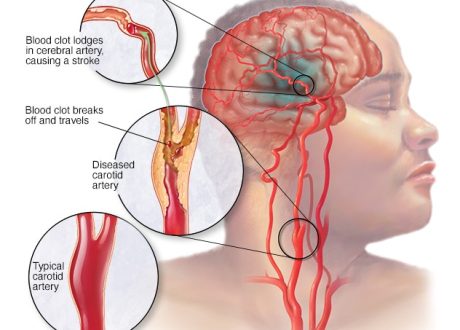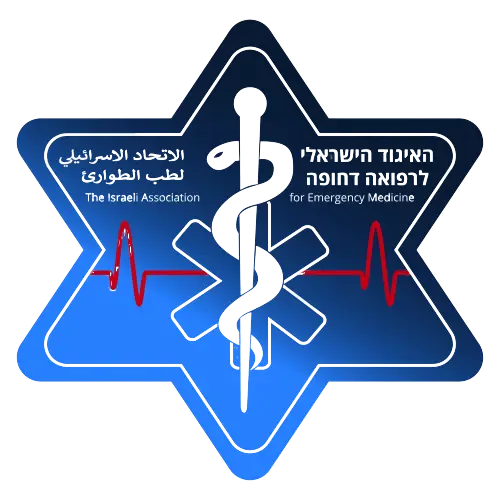TAKE-HOME MESSAGE
- This multinational, phase III, double-blind, randomized, parallel-group, event-driven trial evaluated the efficacy and safety of albuterol–budesonide inhaler therapy for use as a rescue medication compared with albuterol inhaler alone for the treatment of patients (N = 3132) with uncontrolled moderate to severe asthma. The use of a fixed-dose combination of 180 μg of albuterol and 160 μg of budesonide administered on an as-needed basis significantly reduced the risk of severe asthma exacerbation.
- The addition of budesonide (as-needed) in addition to albuterol as rescue therapy appears to have a strong clinical benefit and may represent a substantial shift in clinical management recommendations for patients with moderate to severe asthma.
ABSTRACT:
BACKGROUND
As asthma symptoms worsen, patients typically rely on short-acting β2-agonist (SABA) rescue therapy, but SABAs do not address worsening inflammation, which leaves patients at risk for severe asthma exacerbations. The use of a fixed-dose combination of albuterol and budesonide, as compared with albuterol alone, as rescue medication might reduce the risk of severe asthma exacerbation.
METHODS
We conducted a multinational, phase 3, double-blind, randomized, event-driven trial to evaluate the efficacy and safety of albuterol-budesonide, as compared with albuterol alone, as rescue medication in patients with uncontrolled moderate-to-severe asthma who were receiving inhaled glucocorticoid-containing maintenance therapies, which were continued throughout the trial. Adults and adolescents (≥12 years of age) were randomly assigned in a 1:1:1 ratio to one of three trial groups: a fixed-dose combination of 180 μg of albuterol and 160 μg of budesonide (with each dose consisting of two actuations of 90 μg and 80 μg, respectively [the higher-dose combination group]), a fixed-dose combination of 180 μg of albuterol and 80 μg of budesonide (with each dose consisting of two actuations of 90 μg and 40 μg, respectively [the lower-dose combination group]), or 180 μg of albuterol (with each dose consisting of two actuations of 90 μg [the albuterol-alone group]). Children 4 to 11 years of age were randomly assigned to only the lower-dose combination group or the albuterol-alone group. The primary efficacy end point was the first event of severe asthma exacerbation in a time-to-event analysis, which was performed in the intention-to-treat population.
RESULTS
A total of 3132 patients underwent randomization, among whom 97% were 12 years of age or older. The risk of severe asthma exacerbation was significantly lower, by 26%, in the higher-dose combination group than in the albuterol-alone group (hazard ratio, 0.74; 95% confidence interval [CI], 0.62 to 0.89; P = 0.001). The hazard ratio in the lower-dose combination group, as compared with the albuterol-alone group, was 0.84 (95% CI, 0.71 to 1.00; P = 0.052). The incidence of adverse events was similar in the three trial groups.
CONCLUSIONS
The risk of severe asthma exacerbation was significantly lower with as-needed use of a fixed-dose combination of 180 μg of albuterol and 160 μg of budesonide than with as-needed use of albuterol alone among patients with uncontrolled moderate-to-severe asthma who were receiving a wide range of inhaled glucocorticoid-containing maintenance therapies.








